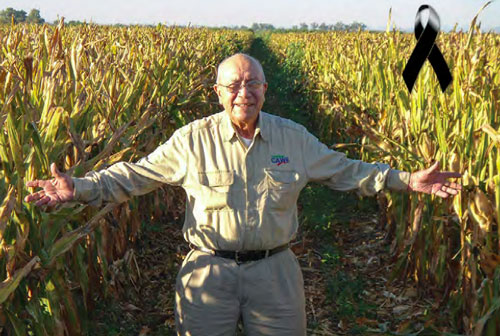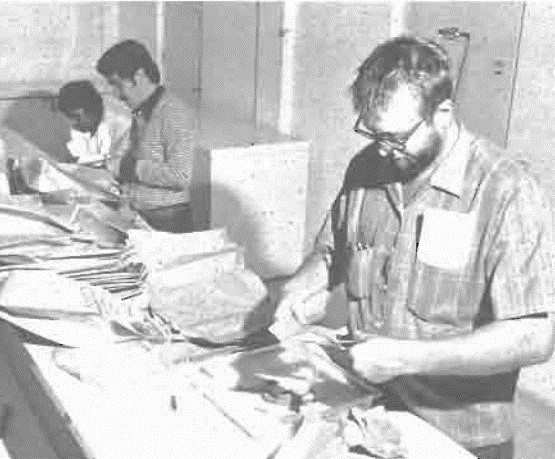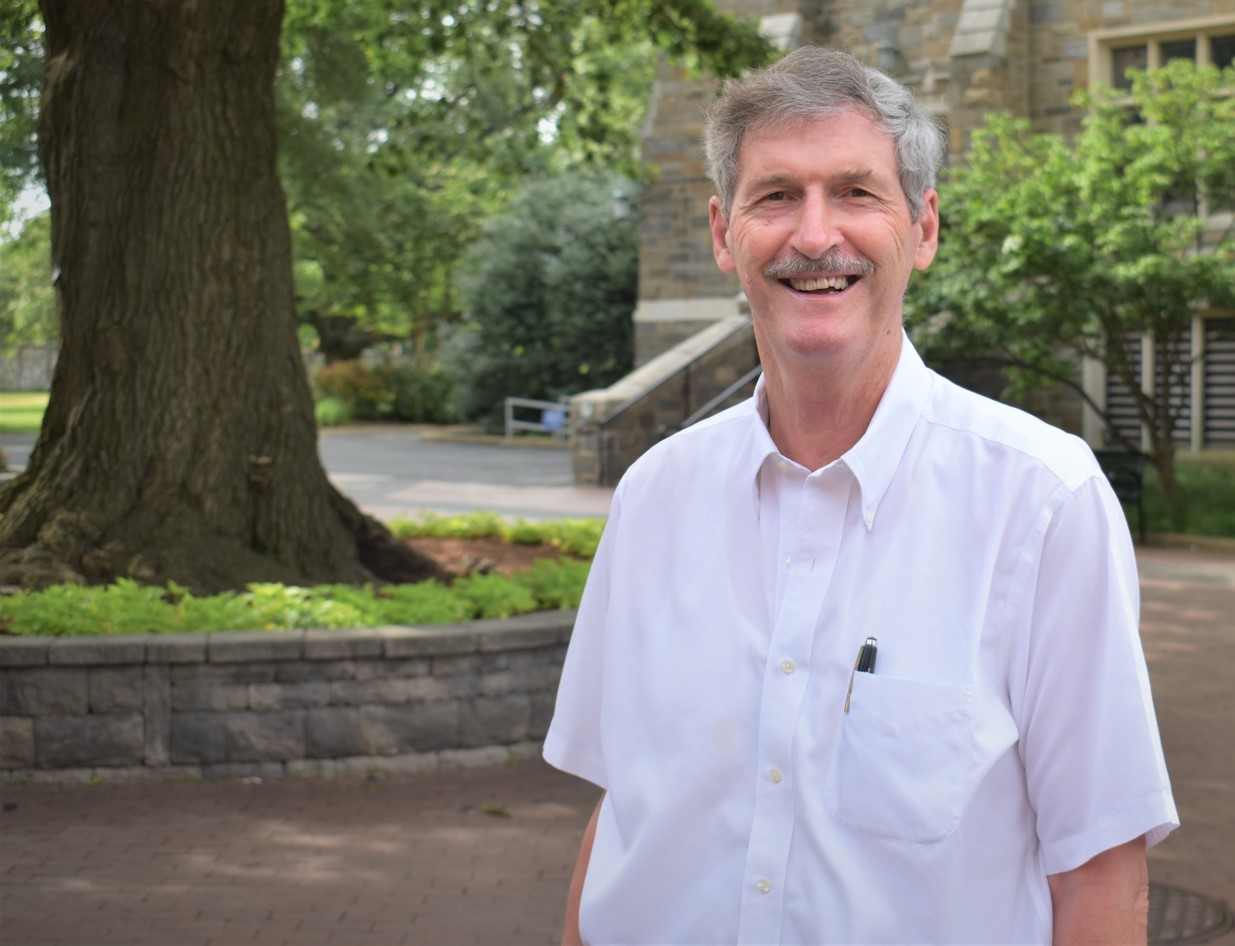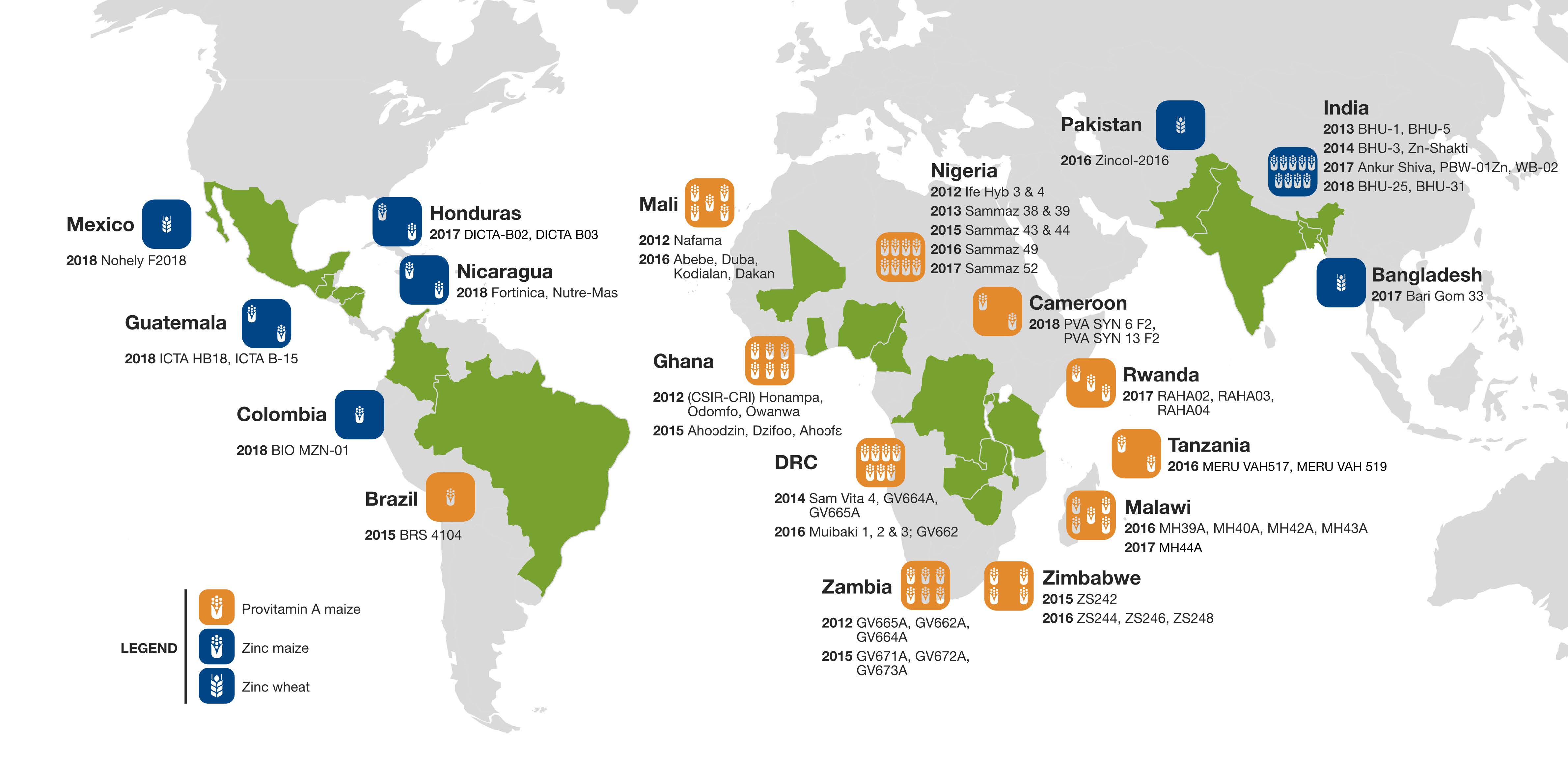
In communion with family members, Mexican and global partners and past colleagues, CIMMYT mourns the passing and celebrates the extraordinary life of Alejandro Ortega y Corona, former CIMMYT maize scientist who died in his native Mexico on 9 September at the age of 83. Ortega’s professional contributions include developing techniques to mass rear insects for use in insect-resistant maize breeding, as well as quality protein maize (QPM) improvement and screening techniques for heat and drought tolerance.
“Alex was an accomplished and dedicated entomologist and served as a mentor and an example of dedication to improving the lot of the poor, for many of us,” said Greg Edmeades, former leader of maize physiology at CIMMYT. “He believed we could make a difference in this world – and he did through his sheer hard work.”
A graduate in biology of the Universidad Nacional Autónoma de México (UNAM) in 1953, Ortega obtained a M.Sc. (1954) and a Ph.D. (1960) in Economic Entomology from Ohio State University. Among the first Mexican students to complete graduate studies outside of Mexico with Rockefeller Foundation support, during 1952-57 Ortega served in the Office of Special Studies, the joint Rockefeller Foundation-Mexican Ministry of Agriculture program where Norman E. Borlaug pursued the research that led to the Green Revolution and the creation of CIMMYT. After working during 1961-66 as head of entomology at Mexico’s national agricultural research institute (now the National Institute of Forestry, Agriculture and Livestock Research, known as INIFAP), Ortega joined the CIMMYT Maize Program in 1967, where he focused on entomology, physiology, breeding and pathology. In 1988 he left CIMMYT and worked for two years as a volunteer and later as a salaried researcher in INIFAP in northwestern Mexico. He worked on a number of things at INIFAP, including the development of heat-tolerant maize (one resulting hybrid, H431, is still popular in the region). Most recently, Ortega served as national coordinator for the Global Maize Project, a large effort to collect and document Mexican maize landraces during 2008-2011.[1] Ortega is also author of a 1987 CIMMYT field manual on insect pests of maize that is still used by researchers worldwide.
In August 2013 Ortega was honored for his service and contributions to maize drought and heat research at a special ceremony at CIMMYT’s Norman E. Borlaug Experiment Station (CENEB) in Ciudad Obregón. He was revered by staff at all levels, according to Martha Willcox, CIMMYT maize landrace coordinator who helped organize the CENEB event. “A former maize program secretary said Alex was the most polite scientist she ever worked for,” said Willcox. “Tractor drivers and field workers at the station took up a collection to give him a special, carved-wood statue of a Yaqui Indian dancer, after the ceremony.”
“Alejandro will always be remembered for his exemplary work in maize improvement at CIMMYT and INIFAP,” said Pedro Brajcich Gallegos, INIFAP director general. “He achieved results of national and international recognition, but he leaves a legacy of modesty and care for others. May he rest in peace.”
The CIMMYT community sends profound condolences to Ortega’s wife Eliavel and his children Lidia, Lucía, Alejandro Ortega González, Glenda, Alejandro Ortega Beltrán and Alejandra.
[1] Ortega Corona, A., M. de J. Guerrero Herrera and R.E. Preciado Ortiz (eds.). 2013. Diversidad y Distribución del Maíz Nativo y sus Parientes Silvestres en México. Mexico, D.F.: Instituto Nacional de Investigaciones Forestales, Agrícolas y Pecuarias (INIFAP).

 Nutrition, health and food security
Nutrition, health and food security 
